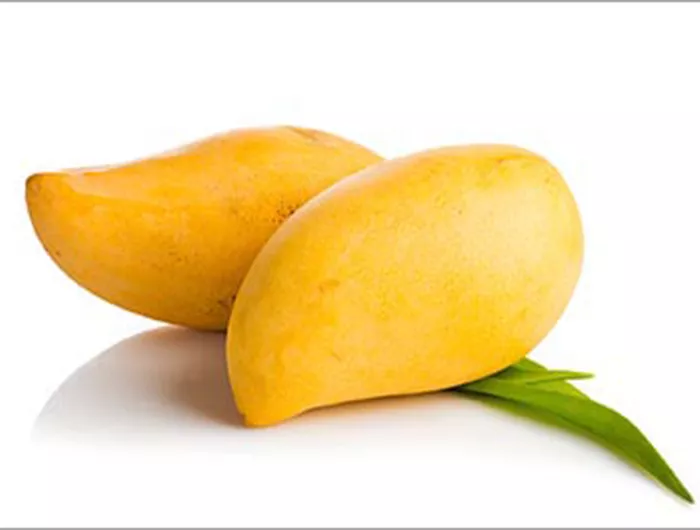Right Stuff: Honey mangos

Valerie Potapova - fotolia.com.
It’s the most famous mango you’ve never heard of.
Honey mangos are small golden oblongs—about half the size of traditional mangos—with smooth, velvety flesh and a couple of secrets.
Secret No. 1: They’re typically sweeter and more succulent than other mango varieties.
Secret No. 2: You can remove their delicate skin with a vegetable peeler. And slicing off pieces around the thin oval pit is easier than removing the sometimes-fibrous flesh around an ordinary mango pit.
If you don’t see honey mangoes—they’re also called Champagne, Manila, or Ataulfo—at your local market, try a grocer like Whole Foods.
Can’t find honeys? No worries.
All mango varieties are delish. And just one cup chopped delivers around 65 percent of a day’s vitamin C, 20 percent of a day’s folate, 10 percent of a day’s vitamin A, 5 percent of a day’s potassium, and 3 grams of fiber, all for 100 calories.
That’s a pretty sweet deal.
You’ll know your honey mango is ripe when the skin turns deep golden yellow and starts to wrinkle just slightly. It will yield to a gentle squeeze, and the sweet aroma from the stem end may be the best thing you’ll smell all day.
Buy a few—or a case—to save yourself the hassle of running back to the store after you taste your first one.
Peak season is March to June.
What? You’re still home?
mango.org (National Mango Board)
Photo: © Valerie Potapova/fotolia.com.
Tags
Topics

